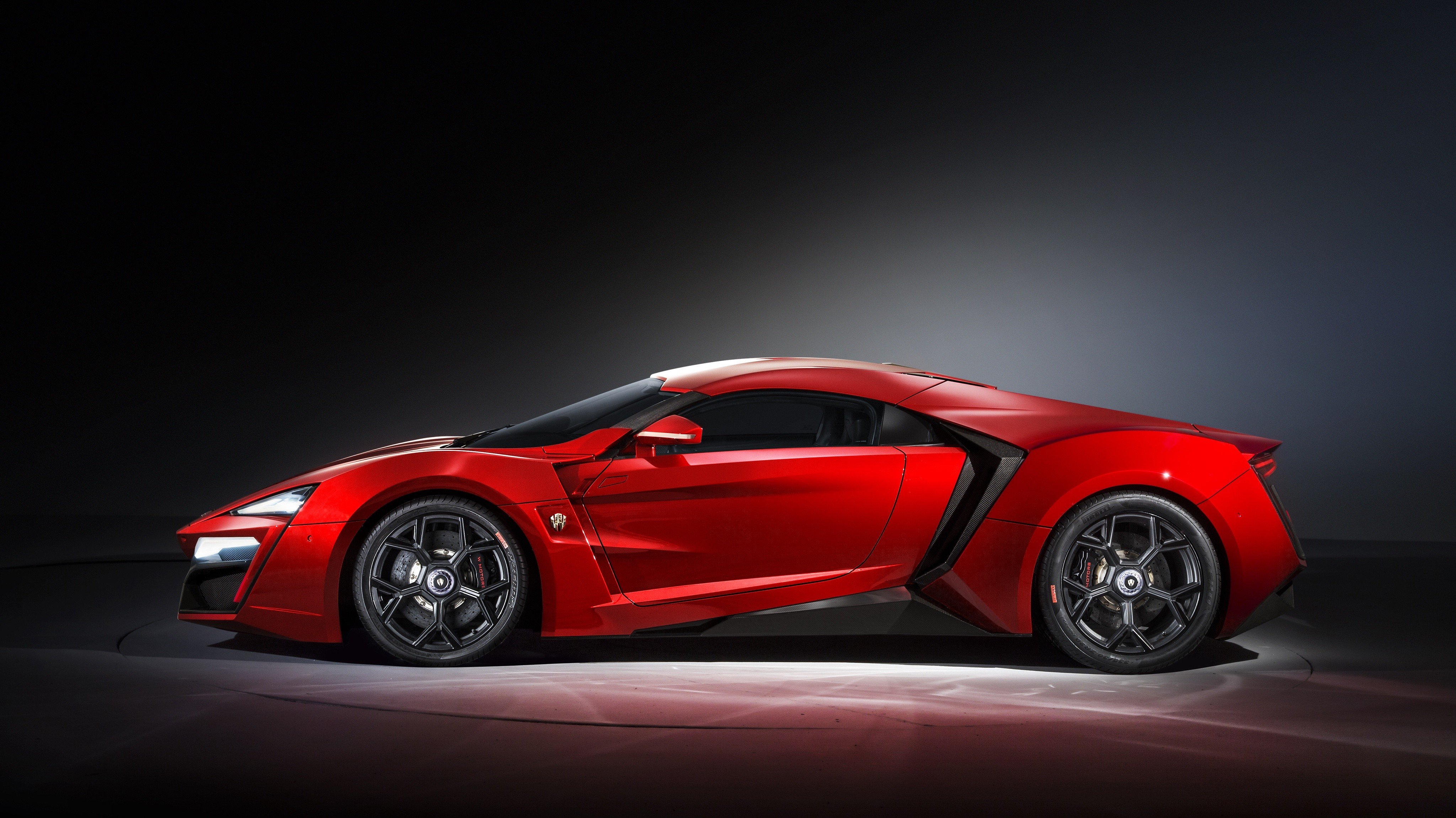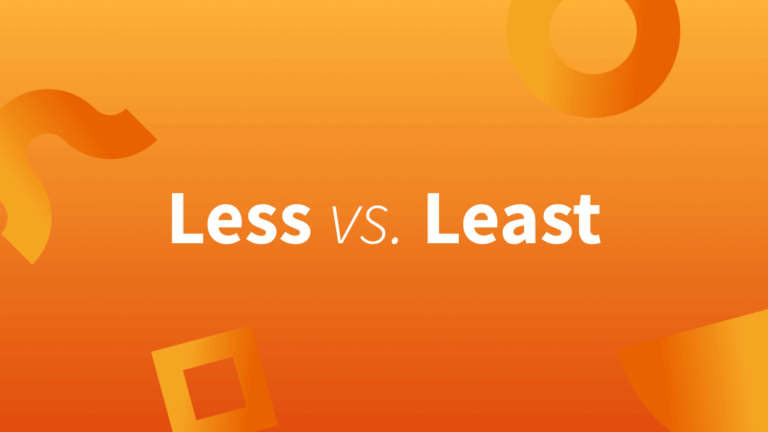Car Brand Partnerships: Driving Innovation, Expanding Reach, and Shaping the Future of Mobility
Car Brand Partnerships: Driving Innovation, Expanding Reach, and Shaping the Future of Mobility cars.truckstrend.com
In an increasingly competitive and technologically evolving automotive landscape, car brand partnerships have emerged as a cornerstone strategy for growth, innovation, and sustainability. Far from being mere collaborations, these alliances represent complex, multifaceted relationships where distinct entities pool resources, share expertise, and align objectives to achieve mutually beneficial outcomes. From deep technological co-development to strategic market penetration, car brand partnerships are redefining how vehicles are conceived, manufactured, marketed, and sold, ultimately shaping the future of global mobility.
This article delves into the intricate world of car brand partnerships, exploring their diverse forms, underlying motivations, tangible benefits, and inherent challenges. We will provide practical insights for understanding their dynamics and highlight their crucial role in an industry undergoing unprecedented transformation.
Car Brand Partnerships: Driving Innovation, Expanding Reach, and Shaping the Future of Mobility
Why Car Brand Partnerships? The Driving Forces Behind Collaboration
The automotive industry is characterized by high R&D costs, rapid technological advancements (especially in electrification, autonomous driving, and connectivity), stringent regulatory requirements, and dynamic consumer preferences. In such an environment, goes-it-alone strategies are becoming increasingly untenable for many. Partnerships offer a compelling solution:
- Cost Efficiency & Resource Sharing: Developing new platforms, electric powertrains, or advanced autonomous systems requires colossal investments. Partnerships allow brands to share these exorbitant R&D costs, leveraging combined engineering prowess and facilities, thereby reducing individual financial burdens.
- Market Expansion & Niche Penetration: Collaborations can open doors to new geographical markets where one partner has an established presence or help penetrate specific market segments (e.g., luxury, utility, electric vehicles) that a brand might not otherwise access efficiently.
- Technology & Innovation Acceleration: Access to cutting-edge technology is paramount. Partnerships enable brands to acquire or co-develop critical technologies (e.g., battery tech, software, AI) faster and more effectively than if they pursued them independently, accelerating time-to-market for new features and vehicles.
- Brand Enhancement & Reputation Building: Aligning with a respected or innovative partner can enhance a brand’s image, signifying technological prowess, environmental commitment, or market leadership.
- Economies of Scale in Manufacturing & Procurement: By sharing platforms, components, or even entire production lines, partners can achieve greater economies of scale, leading to lower per-unit costs and increased profitability.
- Regulatory Compliance & Shared Expertise: Navigating complex global emissions standards, safety regulations, and trade policies can be daunting. Partnerships can provide shared legal and technical expertise, making compliance more manageable.

Types of Car Brand Partnerships
Car brand partnerships are not monolithic; they manifest in various forms, each with distinct characteristics and objectives:
- Strategic Alliances & Joint Ventures (JVs): These are the deepest forms of partnership, often involving the creation of a new, jointly owned entity. Examples include the Renault-Nissan-Mitsubishi Alliance, which shares platforms and technologies across brands, and past collaborations like the Toyota-Subaru partnership for sports cars (BRZ/GR86). JVs are common for developing new technologies or entering specific markets.
- Technology Sharing & Licensing Agreements: One brand licenses its proprietary technology (e.g., engine designs, infotainment systems, battery technology, EV platforms) to another. This allows the licensee to integrate proven tech quickly and the licensor to recoup R&D costs. Examples include many car brands integrating Google’s Android Automotive OS or Apple CarPlay/Android Auto.
- Co-development & Co-production Agreements: Brands collaborate on designing and engineering specific components or entire vehicle platforms, which are then used across multiple models by both partners. This is prevalent in chassis, engine, and EV platform sharing (e.g., BMW and Toyota’s collaboration on the Z4/Supra, or Mercedes-Benz and Renault on commercial vans).
- Marketing & Brand Collaborations: These are typically less about core vehicle development and more about enhancing brand appeal. Examples include luxury car brands partnering with fashion houses, high-end audio companies (e.g., Burmester in Mercedes-Benz, Bowers & Wilkins in BMW/Volvo), or even movie franchises for promotional campaigns.
- Supply Chain Partnerships: Long-term agreements with key suppliers for critical components (e.g., semiconductor manufacturers, battery cell producers) ensure stable supply, quality control, and often co-development of next-generation parts.


The Anatomy of a Successful Partnership: Key Considerations
Successful car brand partnerships don’t happen by accident; they are meticulously planned and managed. Key elements include:
- Clear Objectives & Shared Vision: Both parties must have a mutual understanding of what they aim to achieve, whether it’s cost reduction, market share gain, or technological advancement. A shared vision ensures alignment throughout the partnership’s lifecycle.
- Trust & Open Communication: Building a foundation of trust is paramount. Regular, transparent communication helps address challenges proactively, resolve conflicts, and foster a collaborative spirit.
- Defined Roles & Responsibilities: Clearly outlining each partner’s contributions, decision-making authority, and areas of responsibility prevents overlap, disputes, and inefficiencies.
- Robust Legal Frameworks & IP Protection: Comprehensive contracts, non-disclosure agreements (NDAs), and intellectual property (IP) sharing agreements are essential to protect proprietary information and define ownership of co-developed assets.
- Cultural Compatibility: Especially in international partnerships, understanding and respecting different corporate cultures, management styles, and communication norms can significantly impact success.
- Performance Metrics & Exit Strategies: Establishing clear Key Performance Indicators (KPIs) allows partners to track progress. Equally important is having a predefined exit strategy in case the partnership no longer serves its intended purpose.
Benefits of Car Brand Partnerships
The advantages of well-executed partnerships are substantial:
- Accelerated Innovation: By combining R&D capabilities, brands can innovate faster, particularly in areas like EV powertrains, autonomous driving, and connected car technologies.
- Reduced Development Cycles & Time-to-Market: Shared platforms and components mean less time spent on ground-up development, bringing new models to market quicker.
- Risk Mitigation: Spreading the financial and technical risks associated with new product development or market entry across multiple partners.
- Enhanced Competitiveness: Leveraging combined strengths to compete more effectively against larger rivals or new market entrants.
- Access to New Markets & Customer Segments: Partners can utilize each other’s distribution networks and brand recognition in regions where they previously had little presence.
Challenges and Pitfalls
Despite their benefits, partnerships are not without their difficulties:
- Cultural Clashes & Management Conflicts: Differences in corporate culture, decision-making processes, or management styles can lead to friction and impede progress.
- Loss of Control & Brand Dilution: Over-reliance on a partner or excessive platform sharing can sometimes lead to a dilution of a brand’s unique identity or a perceived loss of control over key aspects of their product.
- Intellectual Property Disputes: Disagreements over ownership or usage rights of shared or co-developed IP can become major stumbling blocks.
- Unequal Contributions or Benefit Sharing: If one partner feels they are contributing more than they are gaining, resentment can build, leading to the dissolution of the partnership.
- Market Dynamics & Shifting Priorities: Rapid changes in market demand, technology, or a partner’s strategic direction can cause misalignment and lead to the partnership becoming obsolete or less beneficial.
Navigating the Partnership Landscape: Practical Advice
For car brands considering or engaged in partnerships, several actionable insights can lead to greater success:
- Thorough Due Diligence: Before committing, rigorously assess a potential partner’s financial health, technological capabilities, strategic alignment, and cultural fit.
- Start Small, Scale Up: For complex collaborations, consider starting with a smaller, well-defined project to build trust and prove compatibility before expanding to larger initiatives.
- Establish Clear KPIs and Review Mechanisms: Define measurable goals from the outset and implement regular review meetings to track progress, address issues, and adapt as needed.
- Invest in Relationship Management: Appoint dedicated teams or individuals responsible for managing the partnership, fostering communication, and resolving potential conflicts.
- Be Flexible and Adaptable: The automotive industry is dynamic. Partnerships must be flexible enough to adapt to changing market conditions, technological advancements, and evolving strategic priorities.
Investment & Value Exchange in Car Brand Partnerships
Unlike a product or service with a direct price tag, "Car Brand Partnerships" involve a complex exchange of value, resources, and investments. The "cost" isn’t a single number but rather a mosaic of financial, intellectual, and operational contributions. The table below illustrates the various forms of investment and value exchange inherent in these collaborations:
| Type of Contribution/Investment | Description | Examples & Implications |
|---|---|---|
| Financial Capital | Direct monetary investment, equity contributions, funding for R&D, manufacturing, or marketing initiatives. | Examples: Joint ventures where partners contribute equal equity; one partner funding the development of a shared platform; marketing budgets for co-branded campaigns. Implications: Shared financial risk; access to larger capital pools. |
| Intellectual Property (IP) | Sharing of patents, proprietary technologies, software code, design blueprints, manufacturing processes, or engineering expertise. | Examples: Licensing an EV battery design; sharing autonomous driving algorithms; access to a partner’s infotainment system. Implications: Accelerated innovation; reduced R&D time; potential IP disputes if not clearly defined. |
| Physical Assets & Resources | Contribution of manufacturing plants, production lines, testing facilities, laboratories, or specialized equipment. | Examples: One partner providing factory space for joint production; shared test tracks for vehicle development. Implications: Economies of scale; optimized asset utilization; potential logistical challenges. |
| Human Capital & Expertise | Allocation of skilled engineers, designers, project managers, marketing specialists, or other personnel to joint projects. | Examples: Joint engineering teams for a new vehicle platform; shared talent for AI development. Implications: Access to diverse skill sets; knowledge transfer; potential for cultural integration challenges. |
| Market Access & Distribution | Leveraging a partner’s established sales network, brand recognition, or customer base in specific geographic regions or market segments. | Examples: A European brand using an Asian partner’s distribution network to enter a new market; co-branding to target a different demographic. Implications: Rapid market penetration; increased sales volume; brand exposure. |
| Brand Equity & Reputation | Association with a partner’s positive brand image, reputation for quality, innovation, or sustainability, enhancing mutual credibility. | Examples: A new EV startup partnering with a legacy OEM known for reliability; a luxury brand collaborating with a high-tech company. Implications: Enhanced brand perception; increased consumer trust; potential for brand dilution if partner suffers reputational damage. |
| Risk Sharing | Mutual agreement to share the inherent risks associated with new product development, market entry, or technological investments. | Examples: Sharing the financial burden if a new model underperforms; dividing the liability for regulatory non-compliance. Implications: Reduced individual exposure to failure; greater willingness to undertake ambitious projects. |
Frequently Asked Questions (FAQ) about Car Brand Partnerships
Q1: What is the primary goal of car brand partnerships?
A1: The primary goal is typically mutual benefit, which can include sharing high R&D costs, accelerating technological development, expanding market reach, improving brand perception, and achieving economies of scale in manufacturing.
Q2: Are all car brand partnerships successful?
A2: No, like any complex business relationship, car brand partnerships face challenges such as cultural differences, IP disputes, unequal contributions, and shifting market dynamics. Many partnerships dissolve due to these issues.
Q3: How do car brands protect their intellectual property in partnerships?
A3: Through comprehensive legal agreements, including Non-Disclosure Agreements (NDAs), intellectual property sharing agreements that clearly define ownership and usage rights, and patent sharing or licensing arrangements.
Q4: What are some famous examples of successful car brand partnerships?
A4: The Renault-Nissan-Mitsubishi Alliance, the BMW-Toyota collaboration on the Z4/Supra, and numerous technology partnerships like car brands integrating Google’s Android Automotive OS or Apple CarPlay are prominent examples.
Q5: Can partnerships lead to job losses?
A5: In some cases, partnerships aimed at achieving efficiency or consolidating operations might lead to redundancies in specific departments or locations. However, they can also create new jobs in areas of shared development or expanded market operations.
Q6: How long do these partnerships typically last?
A6: The duration varies greatly depending on the type and objectives. Technology licensing agreements might be short-term, while strategic alliances or joint ventures can last for decades, evolving over time.
Conclusion
Car brand partnerships are no longer an option but a strategic imperative in the rapidly transforming automotive industry. They serve as powerful vehicles for sharing the immense costs and risks associated with developing cutting-edge technologies, navigating complex global markets, and responding to evolving consumer demands. While fraught with challenges that demand careful negotiation, clear communication, and mutual trust, well-executed collaborations unlock unprecedented opportunities for innovation, efficiency, and market leadership. As the industry hurtles towards an electric, autonomous, and connected future, the ability of car brands to forge and nurture effective partnerships will undoubtedly be a defining factor in their long-term success and their capacity to shape the next era of mobility.




